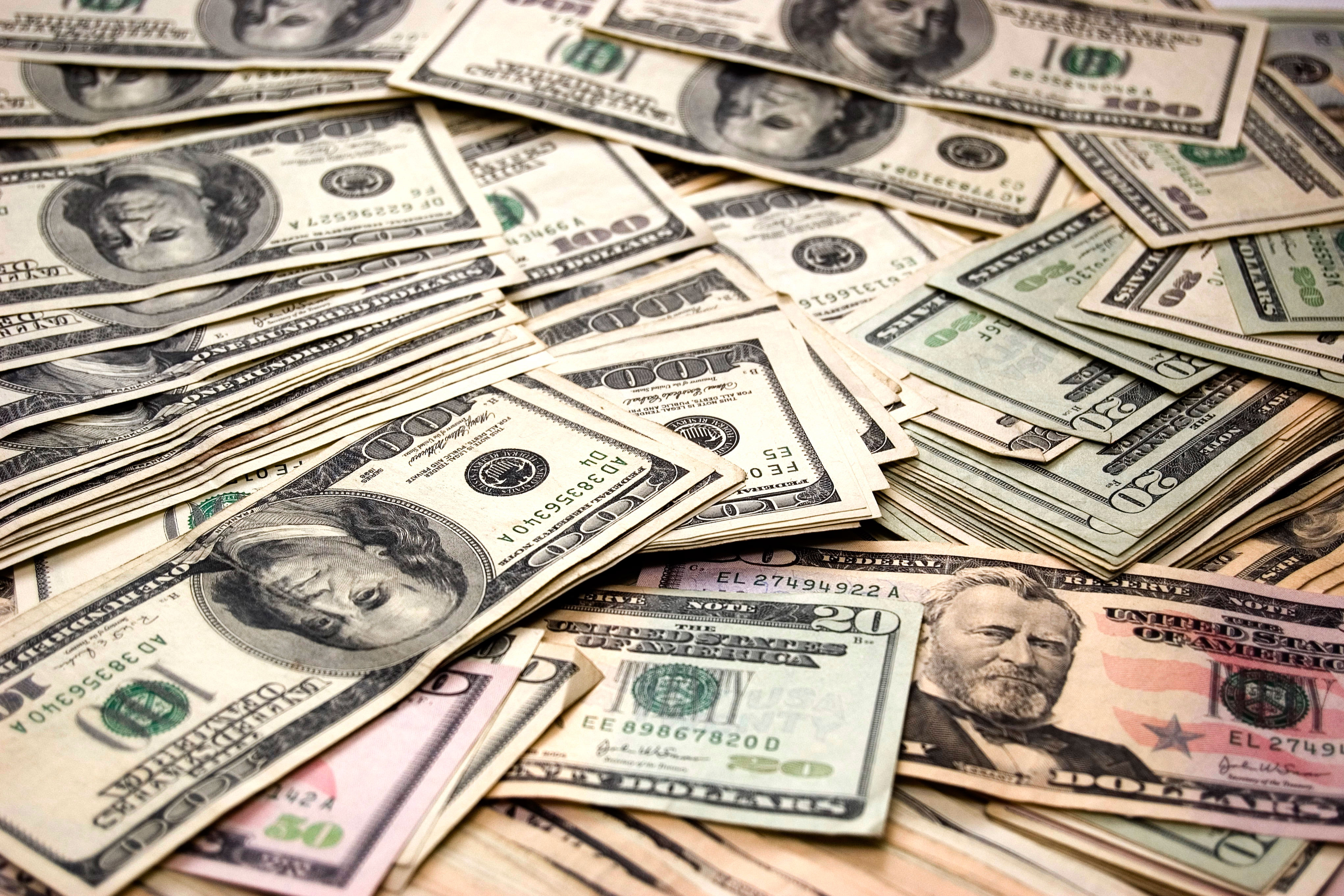Unilateral sanctions against Iran intensified with the US withdrawal from the Joint Comprehensive Plan of Action (JCPOA) in 2018. Although there were difficult days for the country, and of course the petrochemical sector, as an industry where a huge amount of the country's income sources are provided through the sale and export of its products, this industry, despite the increase in the cost of transportation, logistics and exchange of hard currency or the cost of consumables of the units, has succeeded in minimizing the impact of sanctions on this industry as evidenced by the official statistics of the Nima system, and the wheels of the petrochemical industry have not stopped moving as production and export of petrochemicals continue.
The Integrated System of Foreign Exchange Transactions (NIMA) as one of the ways to return the currency to the country's economic cycle was officially launched in May 2018 with the aim of organizing the foreign exchange market in the field of trade, import and export by the Central Bank of Iran.
Importers and exporters of goods, respectively, must use this system to provide the currency needed for the import of goods after placing an order, as well as the sale of hard currency resulting from the export of goods, and petrochemical companies are not exempt from this policy. According to the circular of the Central Bank, petrochemical companies can spend a part of their foreign currency from exports for part of their expenses, including the purchase of raw materials, parts and equipment, and internal expenses.
Fariborz Karimai, the deputy head of the Petrochemical Industry Employers Association, emphasizing that on average 80% of the foreign currency from the export of Iranian petrochemical products has been deposited into the NIMA system, says: “At the height of the embargos, i.e. from 2018 to 2022, the petrochemical industry received more than $54 billion. In addition, more than $22 billion of the needs of the downstream industries of this sector and $3 billion of urea fertilizer have provided the agricultural sector in the most difficult conditions of sanctions in the country.
According to Ahmed Mahdavi, Secretary General of the Petrochemical Industry Employers Association, this industry injects 300 to 350 million dollars into the NIMA system every week, and more than 50% of the country's hard currency needs are provided by petrochemical companies. Therefore, this report reviews the foreign currency injected by petrochemicals into the NIMA system during the difficult years of the embargo, as the only industry that fulfills its foreign exchange obligations more than the stipulated amount and as the country's first supplier of hard currency, offering a great contribution to the country's economic cycle.
Calendar year of 1397 (ended on March 2019): An overview of the supply of foreign exchange from petrochemical exports in 2018-2019 shows that petrochemical companies from March 21 to May 5, 2018 and before the official launch of the NIMA system, with the coordination of the Central Bank, transferred more than €577 million to authorized exchanges.
In total, Iran's petrochemical companies imported about $10 billion from exports in the calendar year of 1397, and they were the leaders in the supply of foreign currency obtained from the export of products to the NIMA system, in such a way that more than 70% of the supply of foreign currency in the system was allocated to these units.
The calendar year of 1398 (ended March 2020): The total income of Iran's petrochemical industry was $15 billion dollars in 1398, of which about $10 billion were exported and 85% of the foreign currency of this industry, i.e. more than the mandatory obligation, was injected into the NIMA system.
Therefore, despite all the problems in 1398, Iran's petrochemical industry, in addition to being able to fulfill its commitment to the NIMA system, has paid 20% more than the commitment limit to NIMA. In 1398, this industry should have provided about $6.7 billion of export revenues to NIMA, but this figure hit $8.1 billion and the petrochemical industry became NIMA's number-one client.
The calendar year of 1399 (ended March 2021): The export value of petrochemical products in 1399 was about $10 billion, and due to the spread of the coronavirus in the world, it did not grow much, but despite all the problems and sanctions, this industry fulfilled its commitment to return hard currency to the country. The commitment of this industry was $3.7 billion to supply to the NIMA system, but in practice, $6.4 billion equivalent to 170% of the commitment was supplied to this currency system, so that petrochemical companies supplied more than 50% of the currency of the NIMA system.
The calendar year of 1400 (ended March 2022): $8.2 billion was committed by petrochemical companies to supply to the NIMA system in 1400, and last year petrochemical complexes had export sales of $14.3 billion, of which 90% equivalent to $12.7 billion was supplied to the NIMA system, and petrochemical companies managed to fulfill 154% of the annual foreign exchange obligation and provide about 24% of the country's hard currency needs.
The calendar year of 1401 (ends in March 2023): The export of petrochemical products with an annual capacity of 90 million tons is estimated at about $18 billion for this year, and the injection of $11.5 billion from the export of petrochemicals has been committed to the NIMA system, which will definitely set a new record by the end of the current fiscal year in Iran.


Your Comment